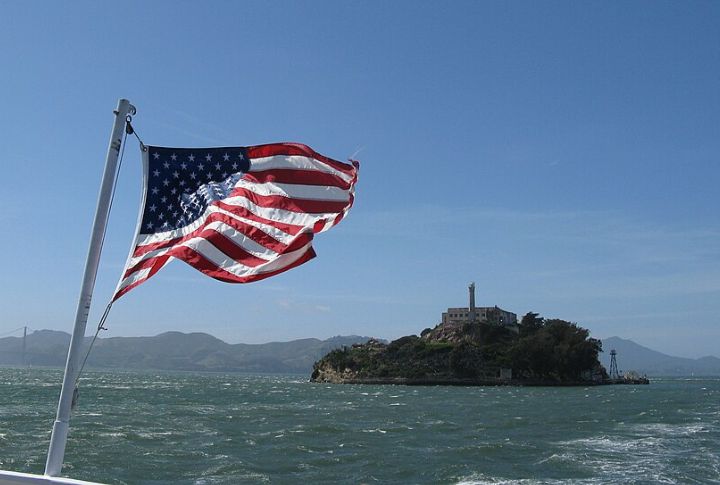
For centuries, the question of how the first people reached the Americas has fascinated scholars. It has even stirred debates. Archaeological surprises and oral traditions reveal a far more intricate tale than imagined. These 10 ideas may reshape how we understand that first arrival.
The Bering Land Bridge Theory
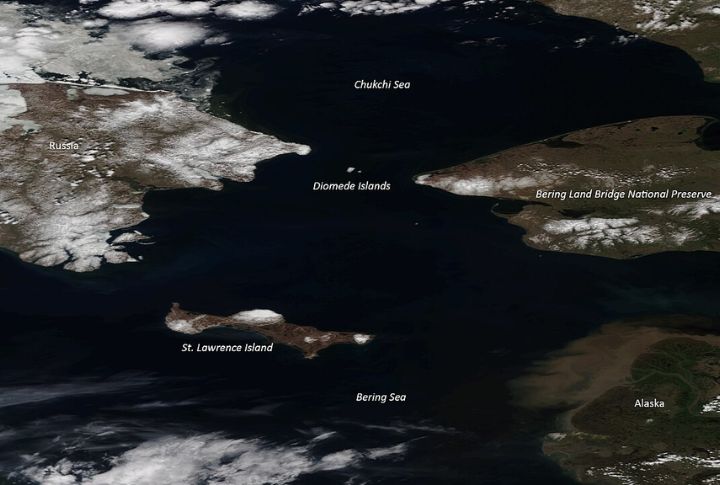
During the Ice Age, sea levels dropped to expose a Beringia landmass between Siberia and Alaska. And hunter-gatherers likely crossed it around 20,000 years ago while tracking large game. This theory remains the primary route for the earliest human migration into North America.
The Clovis First Model

Clovis points, i.e., distinctive stone tools found across North America, once defined the earliest American culture. Dated to around 13,000 years ago, the Clovis people were believed to be the continent’s first inhabitants. This model dominated scientific thought for decades until earlier sites began challenging its exclusivity.
Pre-Clovis Settlements
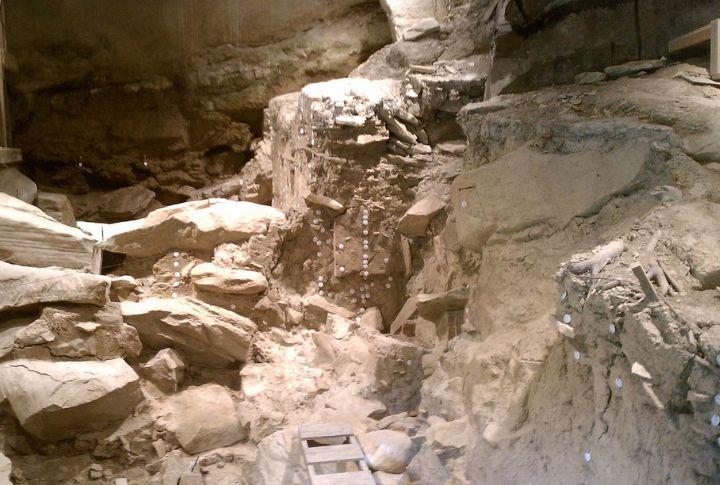
Monte Verde in Chile and Meadowcroft Rockshelter in Pennsylvania show human activity well before the Clovis era. These sites, which upend long-held timelines, date back over 14,000 years. Their discovery broadened our understanding of how people must’ve first occupied the Americas.
The Coastal Migration Hypothesis
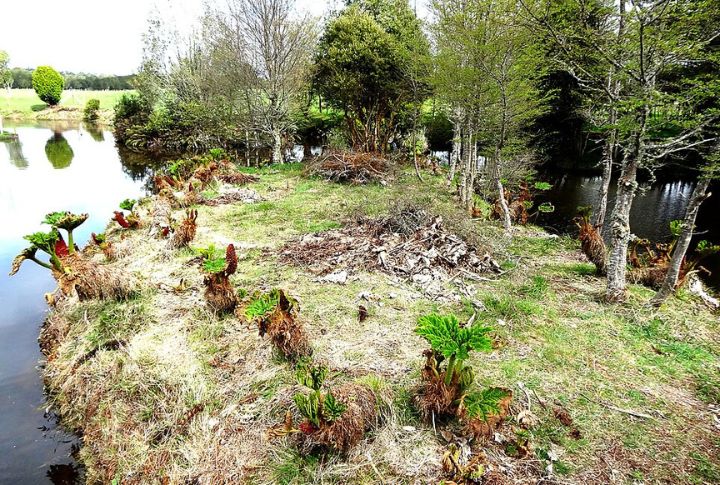
Early migrants may have traveled by boat along the Pacific coastline instead of over land. The “kelp highway” theory proposes a seafaring route rich in marine resources. This could explain their rapid movement into South America and account for pre-Clovis coastal sites like Monte Verde.
The Ancient Beringians
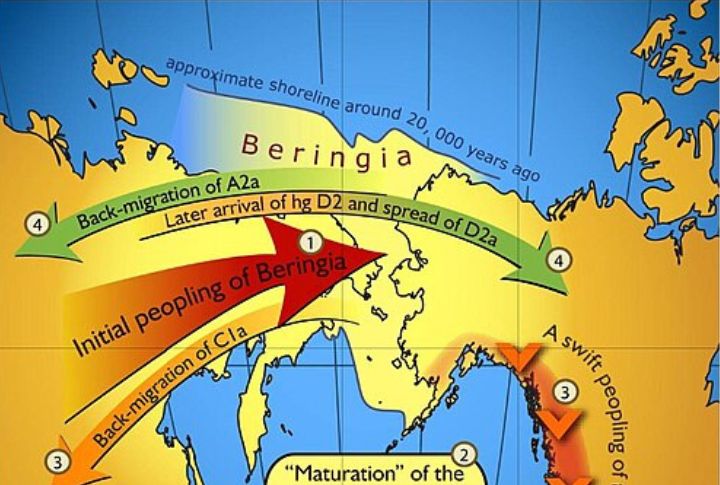
A 2018 genomic study revealed an isolated group dubbed “Ancient Beringians” from remains found in Alaska. They split from other Native ancestors around 20,000 years ago but stayed in the north. This finding adds complexity by suggesting Beringia supported long-term populations, not just a passageway.
Multiple Migration Waves
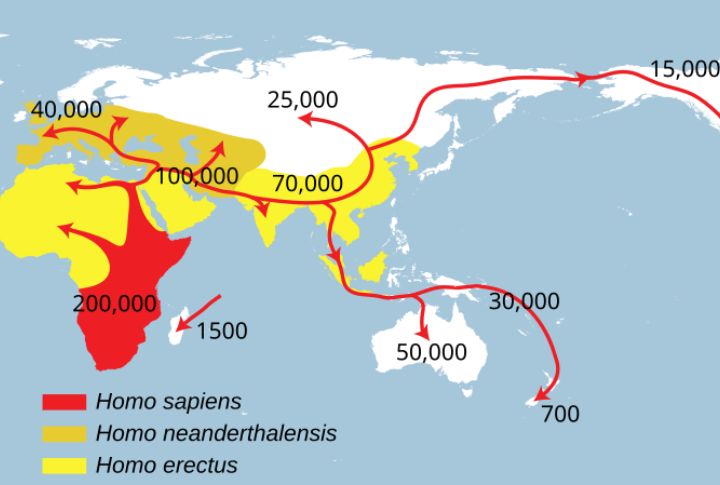
Genetic research reveals that the peopling of the Americas wasn’t a single event. At least three distinct migration waves came from Asia, each with unique lineages. This explains the linguistic and cultural diversity among Indigenous groups and reshapes the idea of one unified ancestral path.
The Solutrean Hypothesis
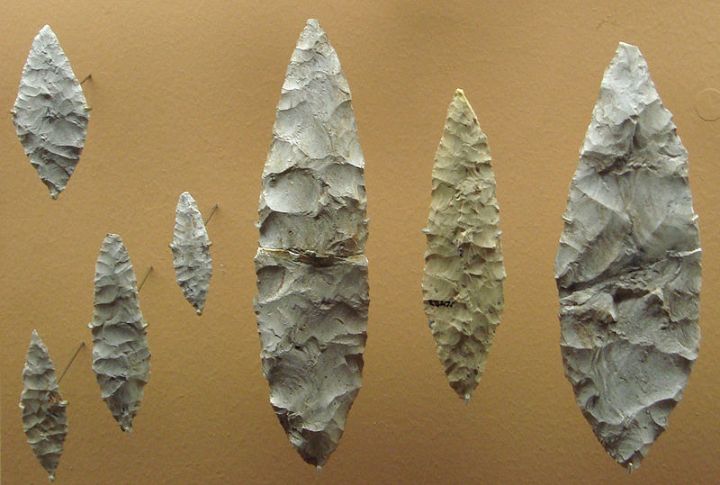
Some archaeologists proposed that Ice Age Europeans crossed the Atlantic by hugging ice sheets. Their stone tools resembled those of the Clovis culture. However, this theory faces intense criticism since genetic evidence doesn’t support it, and no firm archaeological trail links Europe to ancient North America.
Polynesian Contact Theory

Traces of Polynesian chickens in pre-Columbian Chile and sweet potatoes in Polynesia have stirred debate. These findings hint at seafaring contact between South America and the Pacific islands. Though not proof of first arrival, they suggest cultural exchanges may have occurred long before European explorers arrived.
The Australian Aboriginal Connection
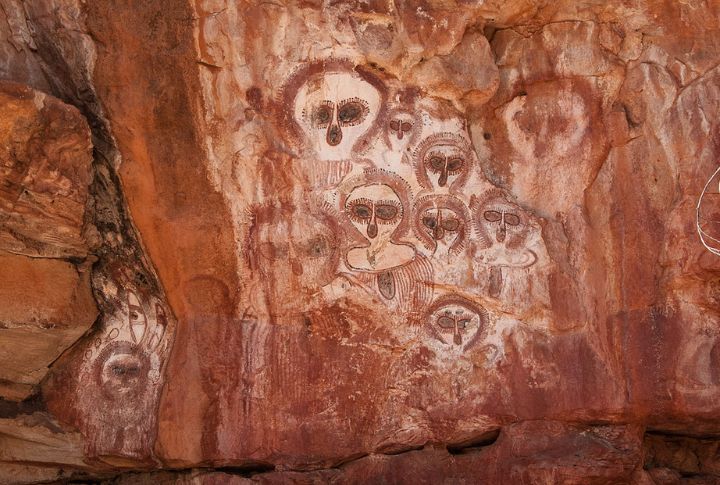
Some South American remains exhibit skull shapes resembling Australian Aboriginals, notably in Brazil. A few scientists suggest an ancient Pacific crossing. Yet, no supporting sites or genetic links have been found. It remains a provocative but highly contested idea within the broader migration debate.
Indigenous Origin Stories
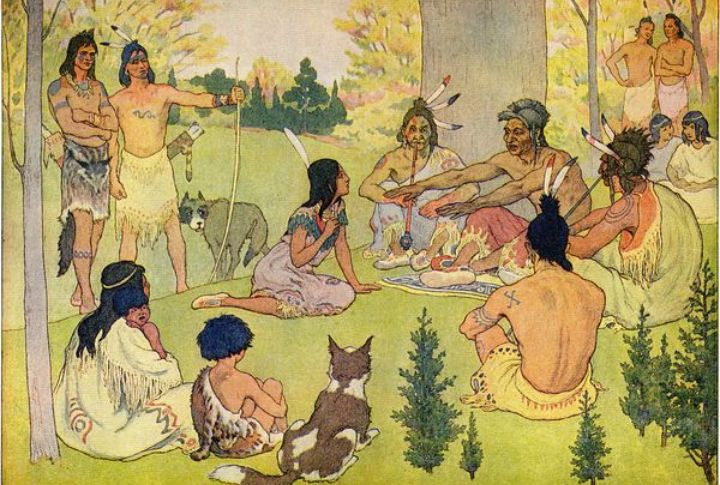
Oral traditions across Indigenous nations describe origins tied to the land itself. These stories often frame the Americas as ancestral homelands, not places people migrated into. While differing from scientific models, they hold cultural authority and challenge outsider-focused narratives of human history.

